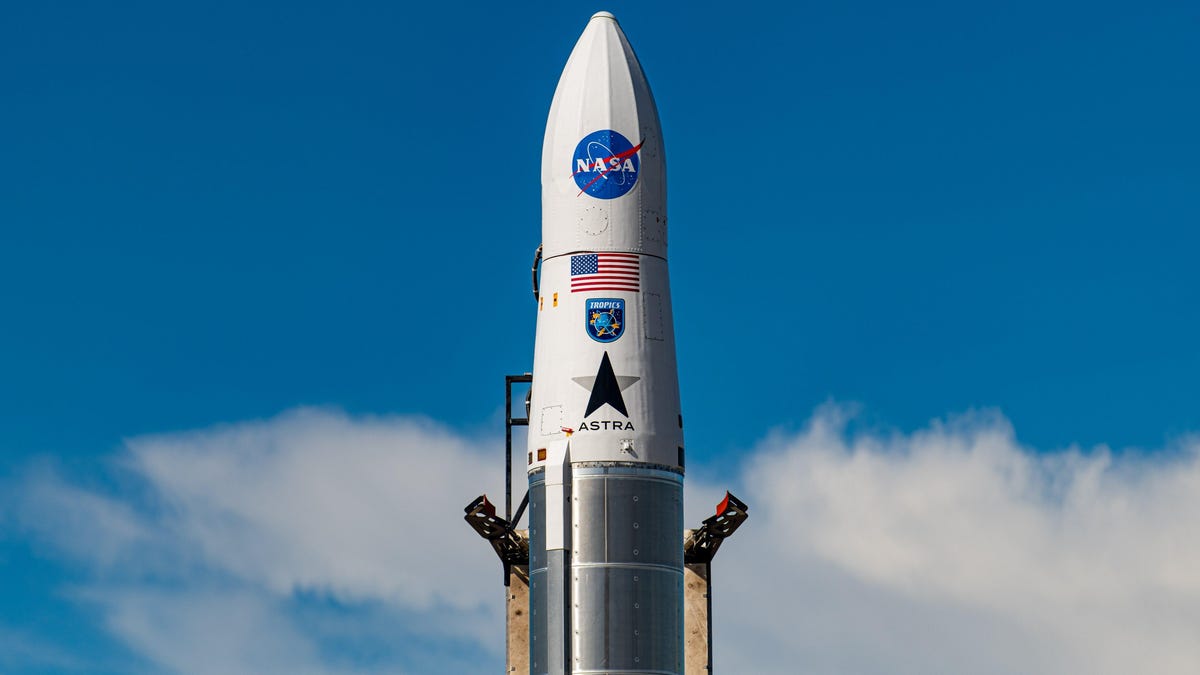
The CubeSats were part of NASA’s Time-Resolved Observations of Precipitation structure and storm Intensity with a Constellation of Smallsats (TROPICS) mission, which is designed to study tropical storms as they form and develop across the globe. The TROPICS satellites were meant to be spread across three orbital planes in order to cover more parts of the world at a more frequent rate than current weather satellites.
Advertisement
The mission is part of NASA’s Earth venture program, defined as “lower-cost, higher-risk missions.” Astra was founded in 2016 with the aim of launching cost-effective, small rockets to space, but its rockets don’t always complete the journey; the California-based company has now experienced five failed orbital launches out of seven attempts, according to SpaceFlightNow. In February, NASA’s first launch with Astra ended in failure after the vehicle malfunctioned prior to reaching orbit, resulting in the loss of four CubeSats. This latest mishap now makes it two botched launches for the NASA-Astra partnership.
Advertisement
The remaining four TROPICS CubeSats were scheduled to launch in July, but NASA said it would “pause the launch effort with Astra while an investigation is being conducted.” That said, NASA appears to be intent on launching the remainder of the small satellite constellation. “Despite a loss of the first two of six satellites, the TROPICS constellation will still meet its science objectives with the four remaining CubeSats distributed in two orbits,” NASA wrote in a statement. “With four satellites, TROPICS will still provide improved time-resolved observations of tropical cyclones compared to traditional observing methods.”
Well, they say the third time’s a charm. Hopefully NASA’s next launch with Astra will go much better.
Advertisement
More: NASA’s Delayed Psyche Launch Presents Major Headache for Ride-Along Mission
